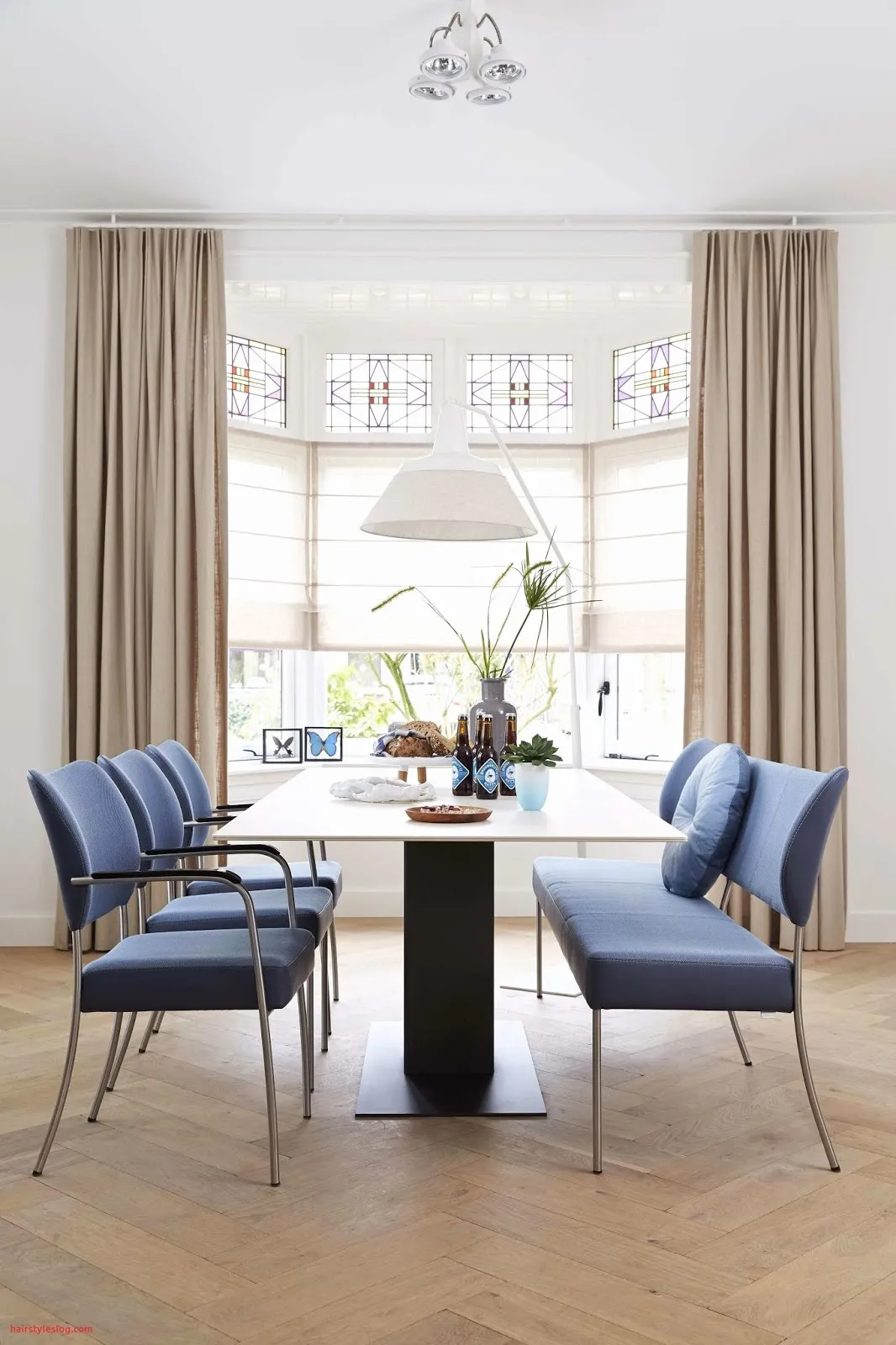Modern Kitchen Decor: Sleek and Stylish
Modern kitchen decor is all about clean lines, simplicity, and functionality. It often features a minimalist approach with a focus on open spaces and uncluttered surfaces. This style embraces the use of modern materials and technology to create a sophisticated and efficient cooking and dining area. The goal is to create a space that is both visually appealing and highly practical for everyday use. Modern kitchens often incorporate the latest appliances and innovative storage solutions to maximize efficiency and style, providing a fresh and contemporary feel.
Modern Kitchen Decor Elements
Key elements in modern kitchens include flat-panel cabinetry, often in high-gloss finishes, which reflects light and adds to the streamlined look. Countertops made of quartz or granite are common choices for their durability and sleek appearance. Stainless steel appliances are a staple, complementing the overall aesthetic. Lighting plays a crucial role, with recessed lighting, track lighting, and pendant lights used to illuminate the space effectively. Neutral color palettes with pops of color through artwork or accessories are typical, and the use of geometric shapes and patterns can add visual interest.
Color Palette and Material Choices
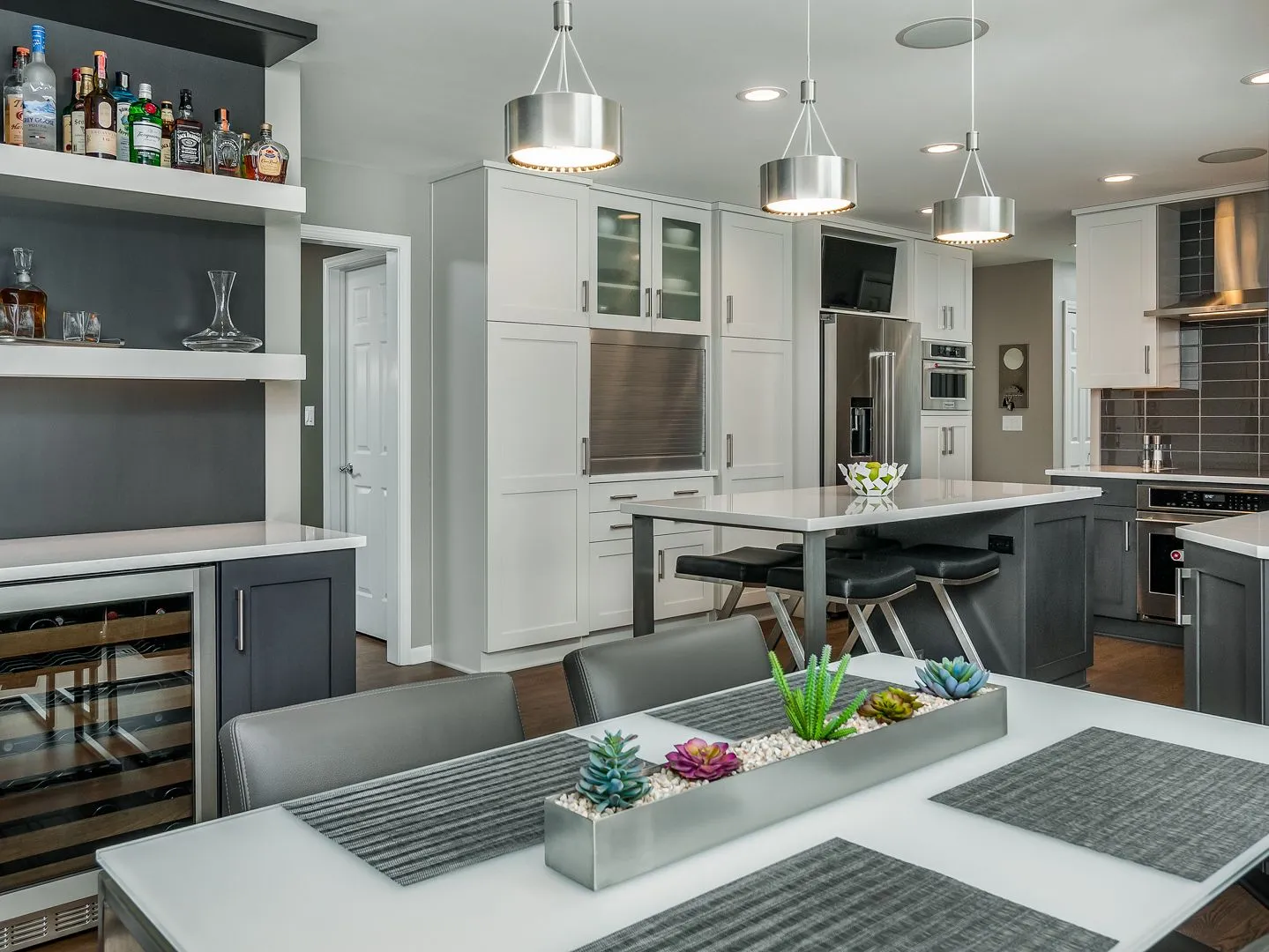
Modern kitchen design often favors a neutral color palette, with shades of white, gray, and black being the most popular. These colors create a clean and spacious feel, allowing other design elements to stand out. When it comes to materials, smooth and reflective surfaces are preferred. Stainless steel, glass, and lacquered finishes are common, along with solid-surface countertops like quartz or Corian. Wood is sometimes used, but it is often stained or painted in a way that complements the overall modern aesthetic. The key is to maintain a balance between functionality and visual appeal, creating a harmonious and stylish kitchen environment.
Contemporary Kitchen Decor: Clean Lines and Functionality
Contemporary kitchen decor shares similarities with modern design, but it is characterized by a more fluid and evolving approach. It embraces current trends while maintaining a focus on functionality and clean lines. Contemporary kitchens often incorporate the latest technologies and innovative design solutions, making them suitable for modern living. This style emphasizes open layouts, natural light, and the integration of the kitchen with the rest of the home. The overall aim is to create a space that is both aesthetically pleasing and practical, reflecting current design trends.
Contemporary Kitchen Decor Features
Contemporary kitchens often feature sleek cabinetry with minimalist hardware or handle-less designs, giving the space a clean and uncluttered appearance. Countertops made of materials like quartz or marble are popular for their durability and elegant look. Appliances are typically integrated into the design, creating a seamless aesthetic. Lighting is an important aspect, with a combination of recessed, pendant, and task lighting used to illuminate the space and create ambiance. The use of bold colors and unique materials is common, as is the incorporation of artwork or decorative elements to personalize the space.
Emphasis on Minimalism
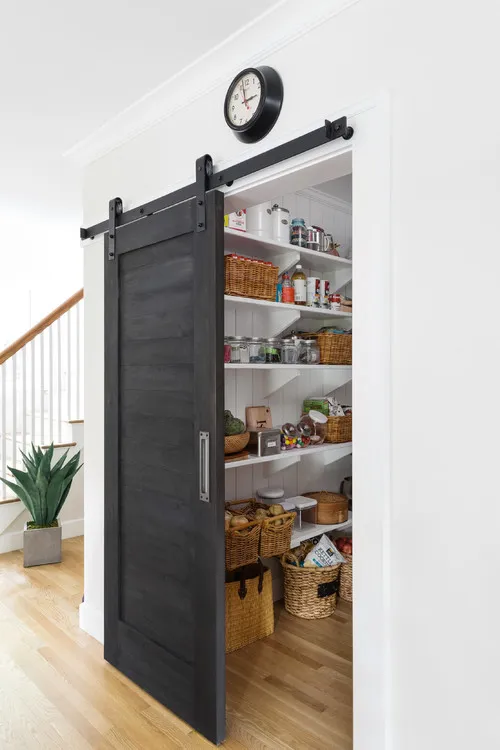
Minimalism plays a significant role in contemporary kitchen design, with a focus on decluttering and simplicity. The aim is to create a space that is free from unnecessary distractions, allowing the functionality and design elements to stand out. This often includes concealed storage solutions, integrated appliances, and a carefully curated selection of accessories. The use of neutral color palettes, clean lines, and open spaces contributes to the minimalist aesthetic. The goal is to create a calm, organized, and visually appealing kitchen that promotes a sense of tranquility and efficiency, enhancing the overall experience.
Rustic Kitchen Decor: Warm and Inviting
Rustic kitchen decor evokes a sense of warmth, comfort, and natural beauty. This style often incorporates elements of nature, such as wood, stone, and earthy tones, to create a cozy and inviting atmosphere. Rustic kitchens frequently feature a mix of vintage and handcrafted elements, reflecting a sense of history and authenticity. The emphasis is on creating a space that feels lived-in and welcoming, ideal for gathering and sharing meals. The use of natural materials and textures contributes to the overall charm and character, making the kitchen feel like the heart of the home.
Rustic Kitchen Decor Characteristics
Rustic kitchens are characterized by the use of natural materials like reclaimed wood, exposed beams, and stone accents. Cabinetry often features traditional designs, such as raised-panel doors and distressed finishes. Countertops made of butcher block or granite are popular choices, adding to the natural aesthetic. Color palettes typically include earthy tones like browns, greens, and creams, often paired with warmer accents. Vintage or antique accessories, such as copper pots, cast-iron skillets, and antique lighting fixtures, are commonly used to enhance the rustic charm. The combination of these elements creates a kitchen that is both functional and visually appealing, with a strong connection to nature.
Use of Natural Materials
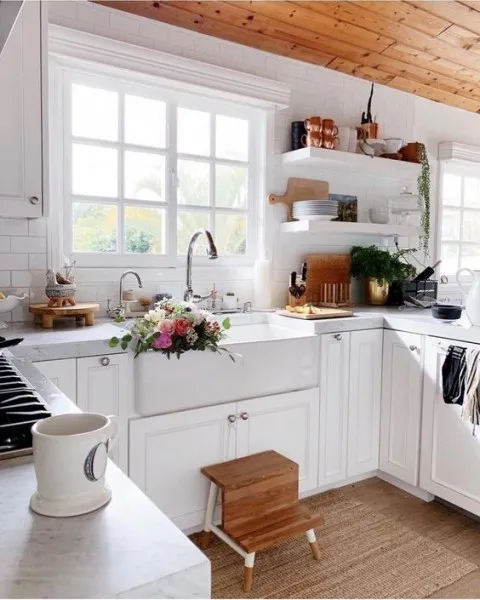
The use of natural materials is central to rustic kitchen design. Wood is a dominant element, used for cabinetry, flooring, and exposed beams. Stone is often incorporated as a backsplash, countertop, or accent wall, bringing a sense of texture and authenticity. Other natural materials, such as woven baskets, linen textiles, and ceramic pottery, contribute to the rustic aesthetic. The goal is to create a space that feels connected to the outdoors, with a focus on the beauty and imperfections of natural elements. This emphasis on raw, organic materials adds warmth and character, making the kitchen a truly inviting space.
Farmhouse Kitchen Decor: Cozy and Charming
Farmhouse kitchen decor embodies a sense of coziness, simplicity, and functionality, reminiscent of traditional farmhouses. This style often combines vintage and modern elements, creating a warm and inviting space. Farmhouse kitchens are typically characterized by open layouts, natural light, and a focus on comfort and practicality. The use of neutral color palettes, natural materials, and vintage accessories contributes to the overall charm and welcoming atmosphere. The aim is to create a kitchen that feels like the heart of the home, a space where family and friends can gather and create lasting memories.
Farmhouse Kitchen Decor Essentials
Key elements of a farmhouse kitchen include shaker-style cabinets, often painted white or a soft neutral color. Butcher block or farmhouse-style sinks are also common, adding to the rustic appeal. Open shelving is frequently used to display dishes, cookware, and decorative items. A large farmhouse table serves as a central gathering spot, and comfortable seating is essential. Color palettes typically include whites, creams, and soft grays, with pops of color from textiles, accessories, and artwork. Vintage or antique accessories, such as enamelware, mason jars, and wooden cutting boards, are used to enhance the farmhouse charm. The combination of these elements creates a kitchen that is both functional and visually appealing, with a warm and inviting ambiance.
Mixing Old and New
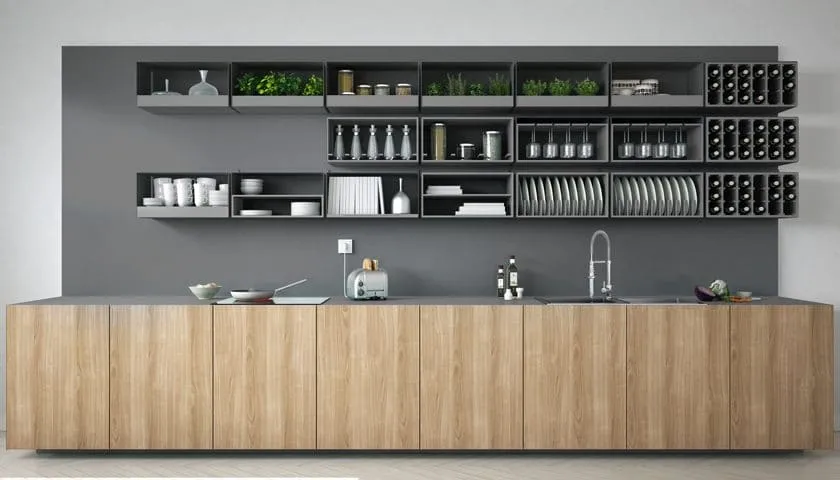
Farmhouse kitchen design embraces the mixing of old and new elements to create a unique and personalized space. This could involve incorporating vintage furniture and accessories alongside modern appliances and fixtures. The contrast between the old and the new adds depth and character to the kitchen. For example, antique light fixtures can be paired with modern cabinetry, or a vintage farmhouse table can be complemented by contemporary chairs. This approach allows homeowners to showcase their personal style and create a kitchen that reflects their individual tastes. The blend of old and new elements contributes to the overall warmth and charm of the farmhouse kitchen, making it a truly inviting space.
Industrial Kitchen Decor: Bold and Edgy
Industrial kitchen decor reflects a bold and edgy style, inspired by the aesthetics of factories and warehouses. This style often features exposed elements, raw materials, and a utilitarian approach to design. Industrial kitchens are characterized by their functionality, durability, and a sense of urban sophistication. The use of metal, concrete, and wood creates a visually striking and modern aesthetic. The aim is to create a kitchen that feels both functional and stylish, with a strong connection to the industrial past.
Industrial Kitchen Decor: Key Features
Key features of industrial kitchens include exposed brick walls, concrete floors, and open shelving. Metal accents, such as pendant lights, cabinet hardware, and kitchen islands, are common. The use of raw materials, such as wood and metal, is prevalent, often left unpainted or with a distressed finish. Appliances are frequently stainless steel or black, complementing the industrial aesthetic. Color palettes typically include neutral tones like gray, black, and white, with pops of color from artwork or accessories. The combination of these elements creates a kitchen that is both functional and visually appealing, with a strong sense of urban style. Large windows, allowing natural light to flood the space, are also a common feature.
Exposed Elements and Metal Accents
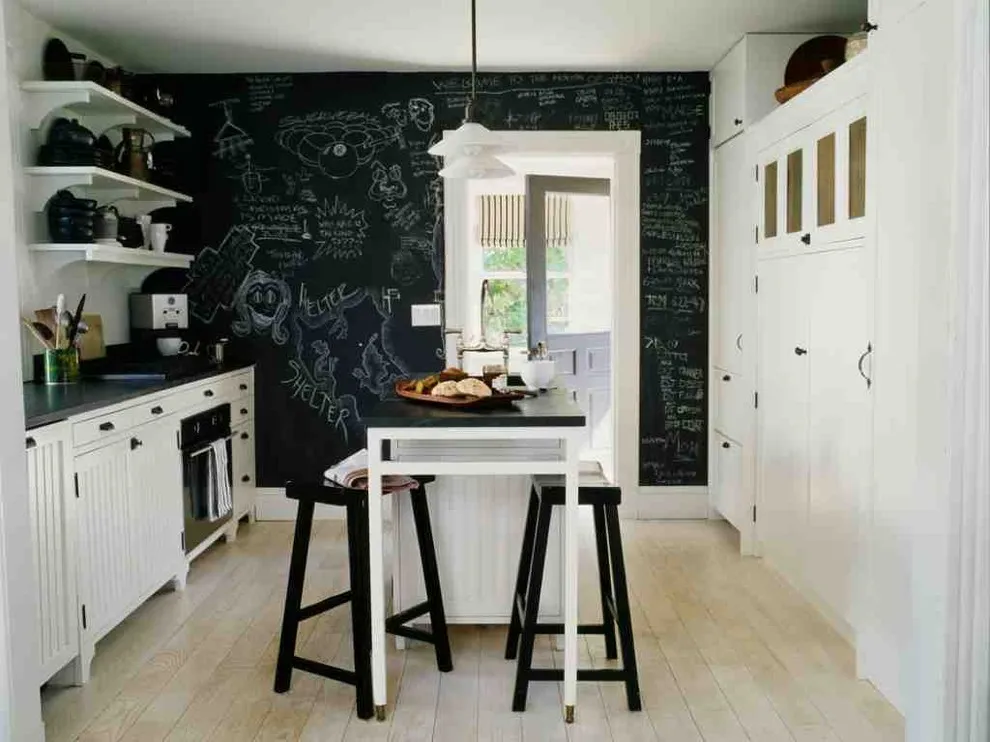
Exposed elements and metal accents are central to industrial kitchen design. Exposed brick walls, ventilation pipes, and ductwork add character and authenticity to the space. Metal accents, such as stainless steel appliances, pendant lights, and cabinet hardware, contribute to the industrial aesthetic. The use of raw, unpainted metal, such as steel or iron, creates a bold and edgy look. This could include metal bar stools, metal-framed windows, or metal shelving. The combination of exposed elements and metal accents creates a visually striking and functional kitchen. This approach allows the kitchen to feel like a working space, yet it remains stylish and modern.
Scandinavian Kitchen Decor: Simple and Bright
Scandinavian kitchen decor embraces simplicity, functionality, and a sense of brightness. This style often features clean lines, natural light, and a focus on creating a calming and inviting atmosphere. Scandinavian kitchens are characterized by their minimalist approach, with a focus on decluttering and functionality. The use of light colors, natural materials, and simple design elements creates a space that is both aesthetically pleasing and highly practical. The aim is to create a kitchen that feels like a peaceful retreat, a place where you can enjoy cooking and spending time with loved ones.
Scandinavian Kitchen Decor: Design Principles
Key design principles of Scandinavian kitchens include a focus on simplicity, functionality, and natural light. Clean lines, uncluttered surfaces, and a minimalist approach are common. The use of light color palettes, such as white, gray, and pale wood tones, creates a sense of spaciousness and brightness. Natural materials, such as wood, wool, and linen, are often incorporated to add warmth and texture. Simple, understated design elements are favored, with a focus on quality over quantity. The combination of these principles creates a kitchen that is both aesthetically pleasing and highly functional, reflecting the Scandinavian values of simplicity and well-being.
Importance of Light and Space
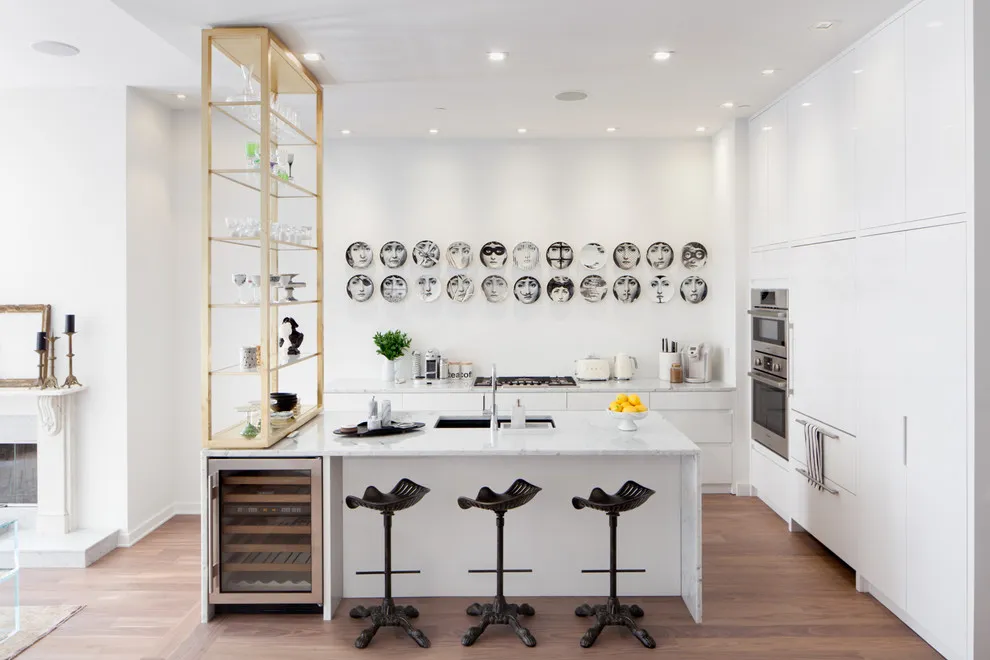
Light and space are crucial in Scandinavian kitchen design. Large windows and light-colored walls help to maximize natural light, creating a bright and airy atmosphere. The minimalist approach and uncluttered surfaces contribute to the sense of spaciousness. Open layouts, with the kitchen integrated into the living or dining area, are often used to further enhance the feeling of space. Artificial lighting is carefully considered, with a focus on providing both functional and ambient light. Pendant lights, recessed lighting, and strategically placed lamps are commonly used. The aim is to create a kitchen that feels open, inviting, and filled with light, reflecting the Scandinavian appreciation for the natural world.
Coastal Kitchen Decor: Relaxed and Airy
Coastal kitchen decor embodies a relaxed and airy atmosphere, evoking a sense of calm and serenity. This style often incorporates elements of the sea and the beach, such as light colors, natural textures, and nautical accents. Coastal kitchens are characterized by their simplicity, functionality, and a focus on creating a light and airy space. The use of natural materials, such as wood and linen, contributes to the overall relaxed and inviting atmosphere. The aim is to create a kitchen that feels like a peaceful retreat, a place where you can escape and unwind.
Coastal Kitchen Decor Features
Key features of a coastal kitchen include a light and airy color palette, often featuring shades of white, blue, and beige. Natural materials, such as wood, linen, and wicker, are commonly used. Nautical accents, such as seashells, starfish, and rope details, are often incorporated. Open shelving is used to display dishes, cookware, and decorative items. A large kitchen island can serve as a central gathering spot, and comfortable seating is essential. The combination of these elements creates a kitchen that is both functional and visually appealing, with a strong connection to the sea. The use of natural light is also emphasized, with large windows or glass doors that allow the outside in.
Incorporating Natural Textures
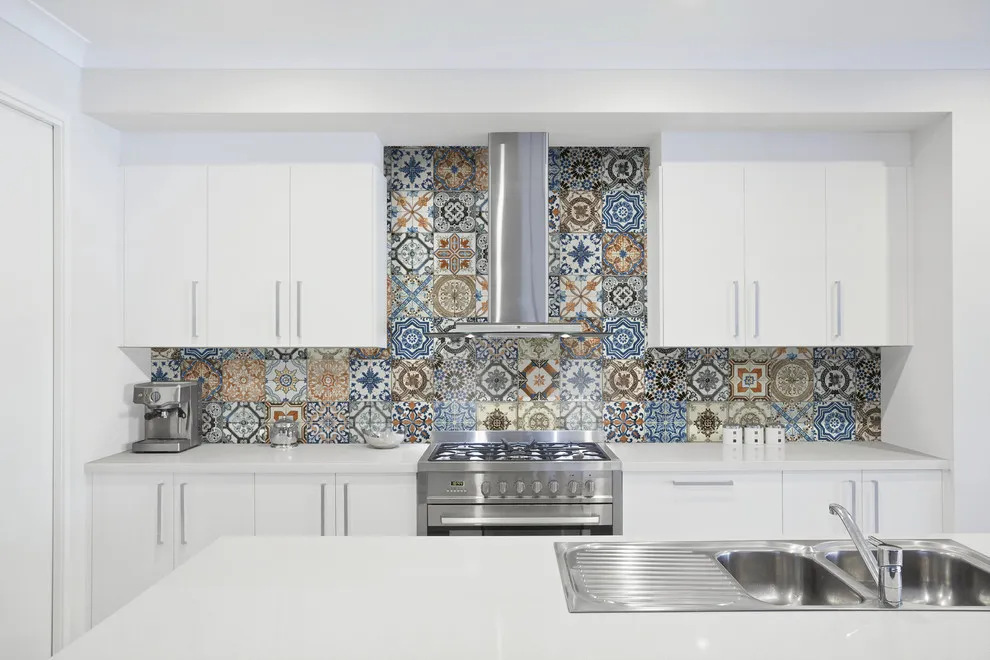
Incorporating natural textures is essential in coastal kitchen design. The use of wood, such as reclaimed wood for cabinets or countertops, adds warmth and character. Woven textures, such as seagrass rugs, rattan bar stools, and linen curtains, create a sense of natural beauty and comfort. The use of textured fabrics, such as cotton and linen, on cushions and throw pillows, adds to the relaxed atmosphere. These natural textures are used to create a kitchen that feels organic and welcoming. The goal is to create a kitchen that feels like a natural extension of the outdoors, bringing the beauty of the sea and the beach into your home.
Bohemian Kitchen Decor: Eclectic and Colorful
Bohemian kitchen decor embraces an eclectic and colorful style, celebrating individuality and creativity. This style often features a mix of patterns, textures, and colors, creating a vibrant and inviting atmosphere. Bohemian kitchens are characterized by their unconventional approach to design, with a focus on personalization and self-expression. The use of vintage and handcrafted elements adds to the overall charm and character. The aim is to create a kitchen that reflects the homeowner’s unique personality, a space where they feel inspired and comfortable.
Bohemian Kitchen Decor Elements
Key elements of a bohemian kitchen include a mix of colors, patterns, and textures. Vintage and handcrafted items, such as antique furniture, woven baskets, and macrame wall hangings, are often incorporated. The use of textiles, such as patterned rugs, colorful cushions, and patterned curtains, is prevalent. Open shelving is used to display dishes, cookware, and decorative items. Plants and greenery are essential, adding a touch of nature and freshness. The combination of these elements creates a kitchen that is both visually striking and highly personal, reflecting the bohemian spirit of freedom and creativity. The overall ambiance should feel relaxed and inviting, a space where creativity can flourish.
Mixing Patterns and Textures
Mixing patterns and textures is a hallmark of bohemian kitchen design. This can involve combining different patterns on textiles, such as floral prints, geometric designs, and tribal motifs. Mixing textures, such as wood, metal, and natural fibers, adds depth and visual interest. The goal is to create a layered and visually rich space that reflects the homeowner’s personal style. There are no rules in bohemian design; it’s all about experimenting with different combinations and creating a space that feels unique and authentic. This approach allows for the kitchen to feel like a reflection of the owner’s creativity and personality.
